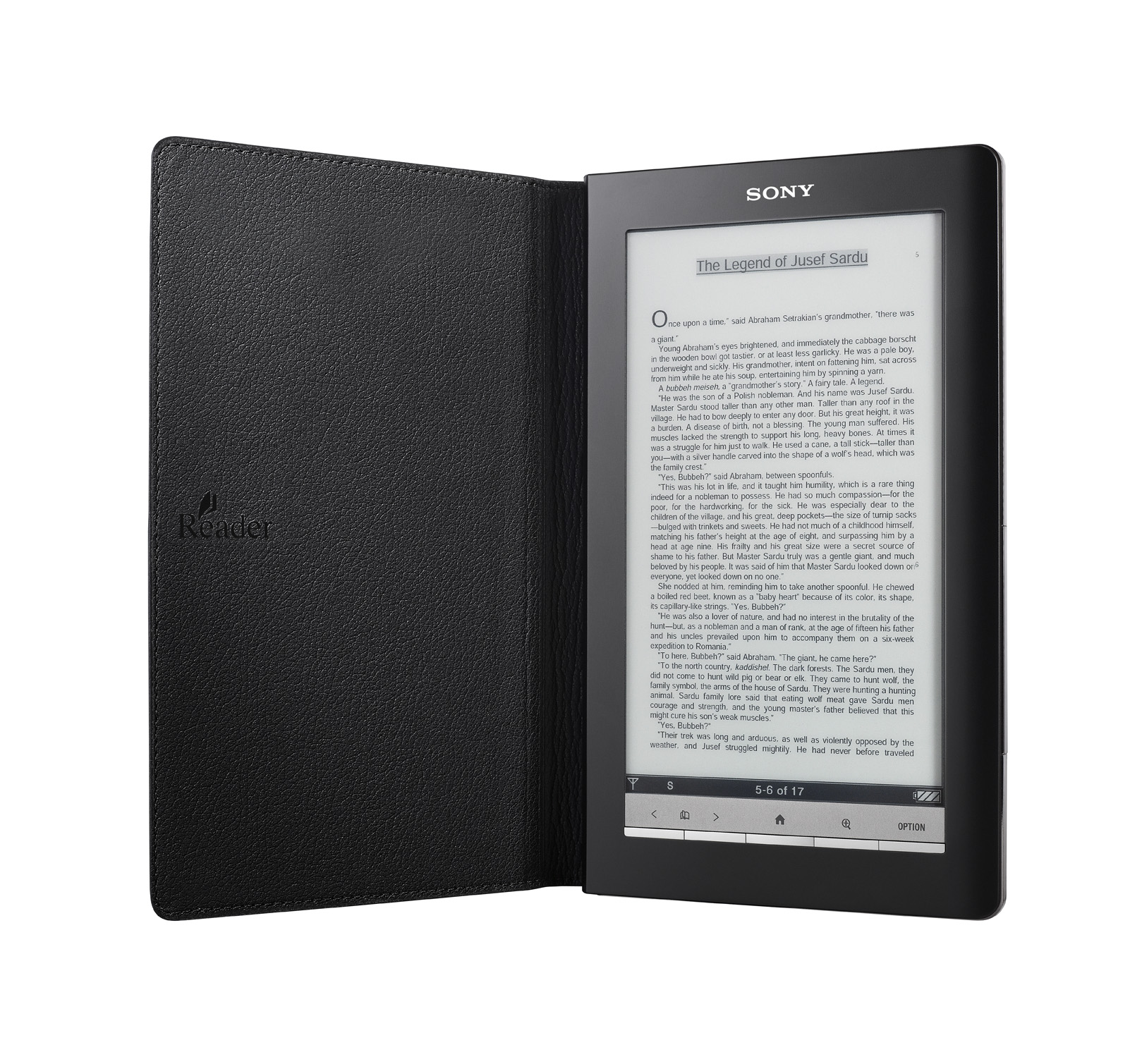Sony's new Reader lineup assaults Amazon biz plan

Sony released a 7-inch, $399, touchscreen, 3G and Wi-Fi e-book reader this morning, and it's never more obvious that Amazon is up against a wall in the market segment it helped create.
With this morning's announcement, Sony is attacking Amazon on all fronts: a $199 Reader that undercuts the cheapest Kindle by $100, a more fully-featured touchscreen model at $299, and a $399 Wi-Fi, 3G touchscreen model that is smaller than the Kindle DX but two inches but also cheaper by $90.
It's an assault across the entire product line, top to bottom: give students something affordable, give the affluent early-adopters more bang for their buck, and bring the features we've gotten used to -- Wi-Fi, 3G, touchscreen -- to the Reader as aspirational features.
In a move that echoes Apple, Sony's trio of Readers covers different audiences: the "Pocket Edition" is its iPod shuffle, the "Touch Edition" is its iPod nano and the "Daily Edition" is its iPod touch.
What's more, Sony's playing the "open and free" game, switching to the EPUB standard and linking up with brick-and-mortar libraries, as well as Google, to cover as many bases as it can. We've been waiting for an e-reader device to actually partner with a library, rather than a bookstore, and today marked the building of that bridge.
Make no mistake: the name of the e-reader game is now leverage: of brand, of distribution chains, of price, of excitement.
Sony's aim? To get as many devices in people's hands.
Top that off with Sony's arguably better build quality -- ask ZDNet Tech Broilermaster Jason Perlow about that -- and Sony is undoubtedly making aggressive moves against Amazon.
There are flaws in this plan, of course. I overheard one reporter asking why one would need a 7-inch reader for all those "cinematic novels," and color is still a missing crucial feature. Another question is whether our nation's many library systems will get moving and open their collections to digital availability.
Worse, Amazon's still a huge threat. That company has an easily identifiable brand (Kindle) that's nearly synonymous with the "e-reader." That position shouldn't be discounted, and it's entirely possible that Amazon's already got an answer in the pipeline.
Will Sony get more Readers in people's hands? In my experience riding New York's subway system, non-Americans (mostly Europeans) tend to own Sony's Readers, while Americans gravitate toward the more identifiable Kindle. So there's some ground to make up in consumers' minds -- an even tougher challenge in a down economy for a device that is, no matter how you slice it, a luxury.
Nevertheless, there's a lot of excitement about the segment, which is still in its "Wild Wild West"-esque infancy. This competition is no doubt beneficial to consumers, and the race to cheaper (but not necessarily cheaply made) devices.
Still, e-readers are prohibitively expensive for most people, and according to a study in 2008, the majority of Americans haven't read a book in the last year. Will e-readers change reading habits, or will reading habits limit the e-reader industry?
